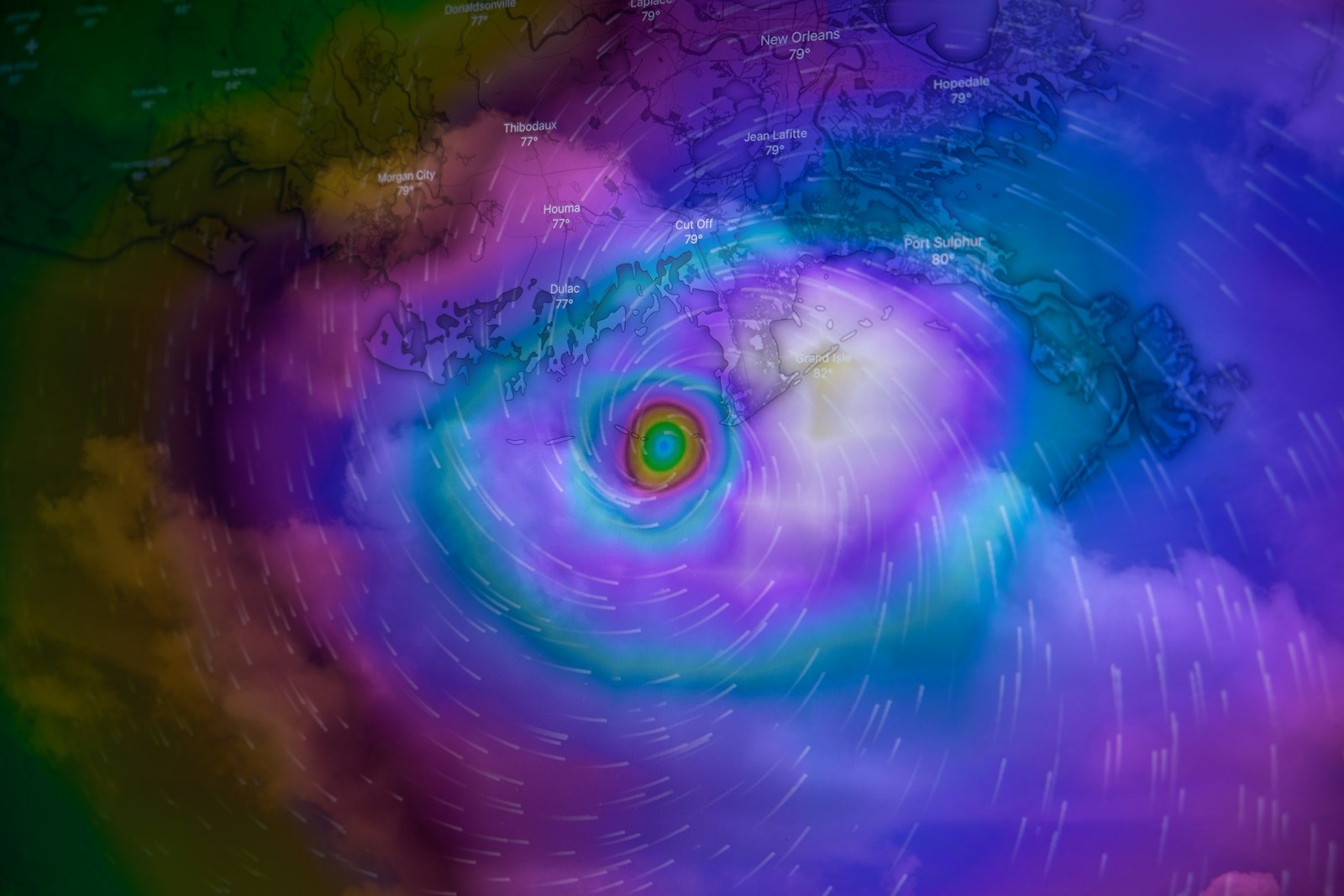Table of Contents
ToggleIntroduction:
Canine influenza, commonly known as dog flu, is a contagious respiratory disease that affects dogs. While it’s not new, it’s becoming a concern for pet owners and veterinarians alike. This is because cases of dog flu are on the rise in many parts of the world, including Philadelphia.
In this article, we’ll discuss dog flu, its symptoms, and the environmental and sustainability impact of this contagious disease. We’ll also explore ways to prevent it from spreading.
What is Dog Flu?
Dog flu is a respiratory disease that is caused by the influenza A virus. There are two strains of the virus, H3N8, and H3N2. H3N8 was first discovered in 2004, while H3N2 emerged in 2015.
The disease is highly contagious and can spread from dog to dog through droplets from coughs and sneezes. It can also spread through contact with contaminated objects, such as food and water bowls.
Symptoms of Dog Flu:
The symptoms of dog flu are similar to those of human flu. They include:
- Coughing
- Sneezing
- Runny nose
- Fever
- Loss of appetite
- Lethargy
- In severe cases, dog flu can lead to pneumonia, which can be life-threatening.
Environmental and Sustainability Impact of Dog Flu:
The environmental impact of dog flu is not significant, but the sustainability impact is significant. This is because dog flu can lead to increased demand for antibiotics and other medications.
When dogs get sick, they require medical attention, which often involves the use of antibiotics. Overuse of antibiotics can lead to antibiotic resistance, which is a growing concern for public health. It can also lead to the spread of superbugs, which are bacteria that are resistant to multiple antibiotics.
The sustainability impact of dog flu also includes the cost of treating sick dogs. This can be a financial burden for pet owners, especially those with limited resources.
Preventing Dog Flu:
Preventing dog flu is essential for the well-being of your pet and the sustainability of the environment. Here are some tips to prevent the spread of dog flu:
Vaccination: The best way to prevent dog flu is to get your dog vaccinated. The vaccine is safe and effective, and it can protect your dog from both strains of the virus.
Hygiene: Practice good hygiene by washing your hands before and after handling your dog. Also, clean your dog’s food and water bowls regularly.
Avoid Contact: Avoid contact with dogs that are sick or showing symptoms of dog flu.
Quarantine: If your dog shows symptoms of dog flu, keep them away from other dogs for at least two weeks.
Conclusion:
Dog flu is a contagious respiratory disease that is on the rise in many parts of the world. While the environmental impact is not significant, the sustainability impact is significant. This is because dog flu can lead to increased demand for antibiotics and other medications.
Preventing dog flu is essential for the well-being of your pet and the sustainability of the environment. Vaccination, good hygiene, avoiding contact with sick dogs, and quarantine are effective ways to prevent the spread of dog flu.In conclusion, dog flu is a preventable disease, and it’s important to take steps to prevent its spread. By doing so, we can ensure the health of our pets and the sustainability of the environment.








1 thought on “Protecting Our Canine Companions from Canine Influenza: A Sustainable Approach”
Pingback: Pollution is Spawning Superbugs: The Public Health Crisis